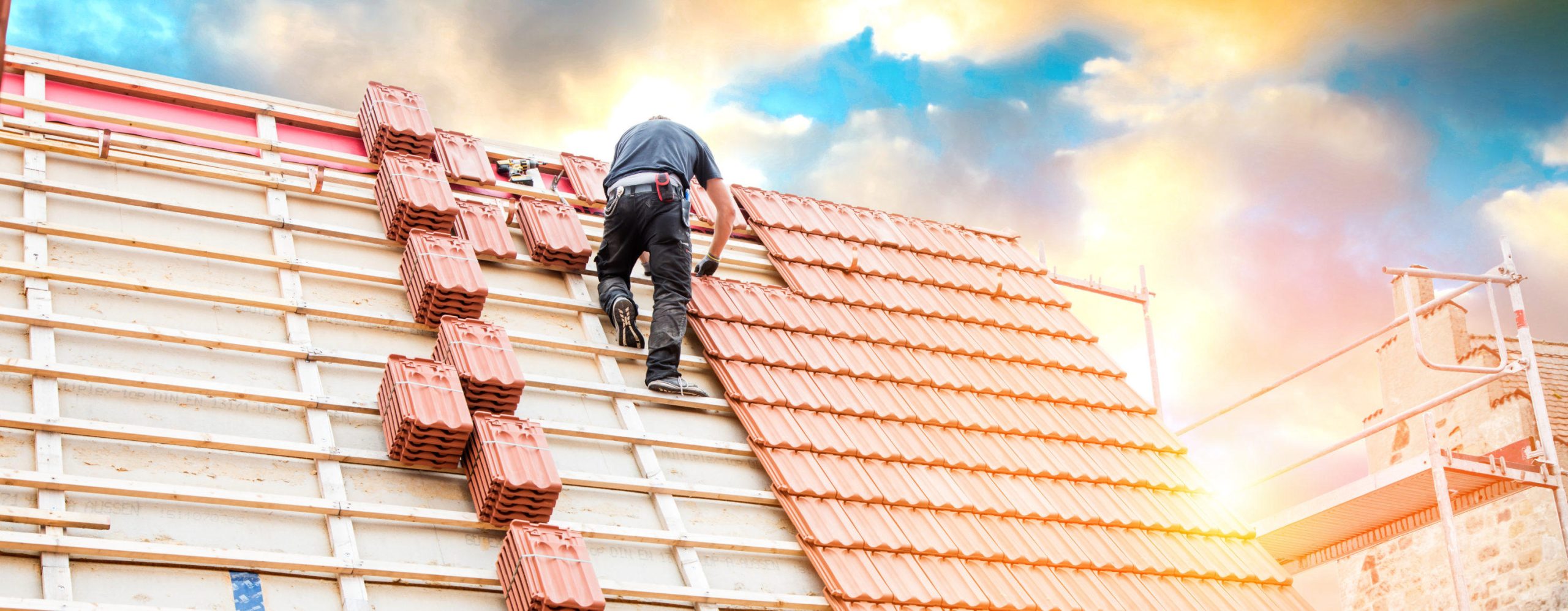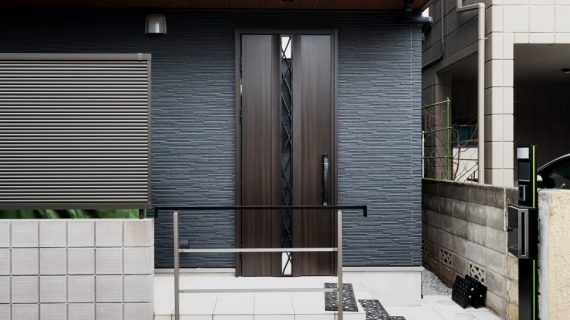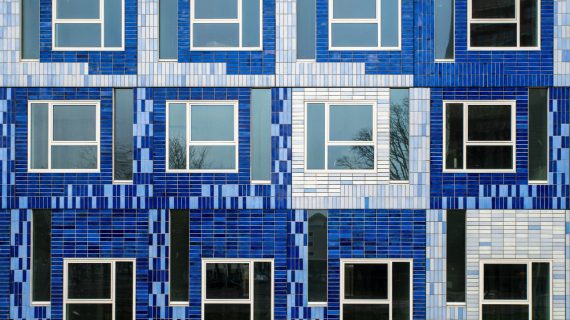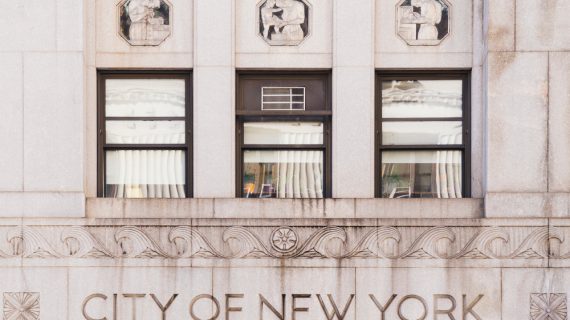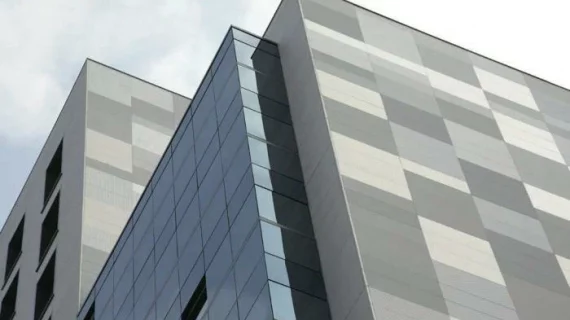What is the Difference Between Exterior Facade and Cladding?
In the world of architecture and construction, the terms “exterior facade” and “cladding” are often used interchangeably, but they refer to different elements of a building’s exterior design. Understanding the difference between these two concepts can help homeowners, builders, and designers make informed decisions when planning a construction or renovation project.
What is an Exterior Facade?
The exterior facade of a building refers to its outward-facing surface, which includes the front, sides, and rear of the structure. It is the first impression a building makes on those who look at it, and it plays a crucial role in both aesthetic appeal and structural integrity. The facade is not just a decorative element; it also serves as a protective barrier against external elements like weather, pollution, and dust.
An exterior facade is typically designed with both form and function in mind. It can incorporate a variety of materials, including glass, stone, wood, and tiles, to create a visually appealing design that suits the building’s purpose. For example, exterior facade tiles are a popular choice for facades because they are durable, low-maintenance, and come in a variety of textures and colors, allowing for both modern and classic designs.
What is Cladding?
Cladding, on the other hand, refers to the material or system used to cover the exterior of a building. It is a protective layer that is applied to the surface of the building to improve its thermal insulation, weatherproofing, and aesthetic appeal. Cladding can be made from a wide range of materials, such as metal, wood, vinyl, concrete, and stone, and it can be installed in various forms, including panels, planks, or tiles.
While exterior facade is the overall design or face of the building, cladding refers specifically to the materials used to cover or protect the facade. Cladding serves as an additional layer that helps protect the structure from the elements, while also enhancing the visual appeal of the building. It’s important to note that cladding doesn’t always cover the entire facade; it can be applied to certain sections or as a finishing layer.
Key Differences Between Exterior Facade and Cladding
- Functionality
- Exterior Facade: The exterior facade serves as the primary boundary between the building’s interior and the outside world. It is designed to make the building visually appealing while also protecting the structure from weather, moisture, and other environmental factors.
- Cladding: Cladding is a material or system applied to the facade or other external walls of the building. It provides additional weather resistance, insulation, and aesthetic appeal but does not serve as the main structural element.
- Material
- Exterior Facade: The facade can be composed of various materials, including windows, doors, stone, and exterior facade tiles. These materials are chosen based on the desired appearance and functionality of the building’s exterior.
- Cladding: Cladding materials are typically functional and durable. These materials may include aluminum, vinyl, timber, and concrete, designed to protect the building’s structure from external elements.
- Aesthetic Appeal
- Exterior Facade: The facade is an essential part of the building’s overall architectural style and is often the most visually striking element. It is designed to create a lasting impression and is a key consideration for architects and designers.
- Cladding: Cladding also contributes to the aesthetics but is more functional in nature. It enhances the appearance of the building by covering the structural walls, but it is not always the focal point of the design.
Why Choose Exterior Facade Tiles for Your Building?
One of the most popular materials for exterior facades is exterior facade tiles. These tiles are not only durable and easy to maintain, but they also provide a wide range of design possibilities. They come in various shapes, sizes, colors, and textures, allowing architects and builders to create a unique and visually appealing exterior. Additionally, exterior facade tiles offer excellent protection against the elements, making them an ideal choice for both residential and commercial buildings.
Conclusion
While the terms “exterior facade” and “cladding” are often used interchangeably, they refer to different aspects of a building’s exterior. The exterior facade is the overall face of the building, while cladding refers to the materials used to cover and protect it. When it comes to choosing materials for your building’s exterior, Artfix is a name you can trust. With a wide range of high-quality exterior facade tiles and other materials, Artfix ensures that your building’s exterior is both beautiful and durable, offering long-lasting protection and style.

